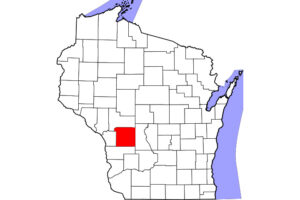Rotational Deworming can Promote Drug Resistant Parasites
- Topics: Article, Deworming & Internal Parasites
Traditional parasite control programs involved rotating dewormers with a number of different products at regular intervals. At that time, most horse owners were concerned about Strongylus vulgaris (large strongyle bloodworm).
Thanks to that traditional approach, S. vulgaris infections don’t occur very often. The two-month schedule associated with rotational deworming worked well on strongyle eggs because it takes about that amount of time for reappearance after treatment.
While S. vulgaris is no longer a large threat, according to the American Association of Equine Practitioners (AAEP) Parasite Control Guidelines, horse owners should still take action against other parasites, including small strongyles (cyathostomins) and tapeworms (Anoplocephala perfoliata), which have been recognized as a potential cause of colic.
But many veterinarians are now recommending a different approach to deworming that is less likely to result in anthelmintic (dewormer) resistant parasites. If rotational deworming was so successful, why switch strategies now? Shouldn’t those same strategies work on other parasites? The answer, quite simply, is “no
Create a free account with TheHorse.com to view this content.
TheHorse.com is home to thousands of free articles about horse health care. In order to access some of our exclusive free content, you must be signed into TheHorse.com.
Start your free account today!
Already have an account?
and continue reading.
Written by:
Edited Press Release
Related Articles
Stay on top of the most recent Horse Health news with



















